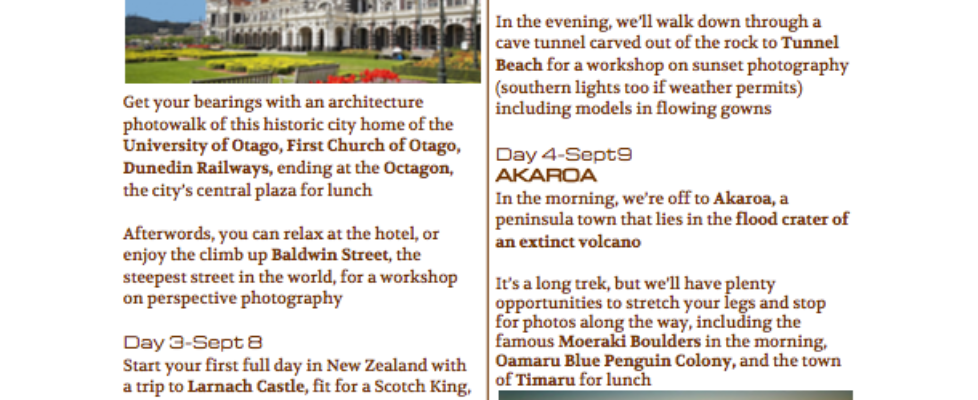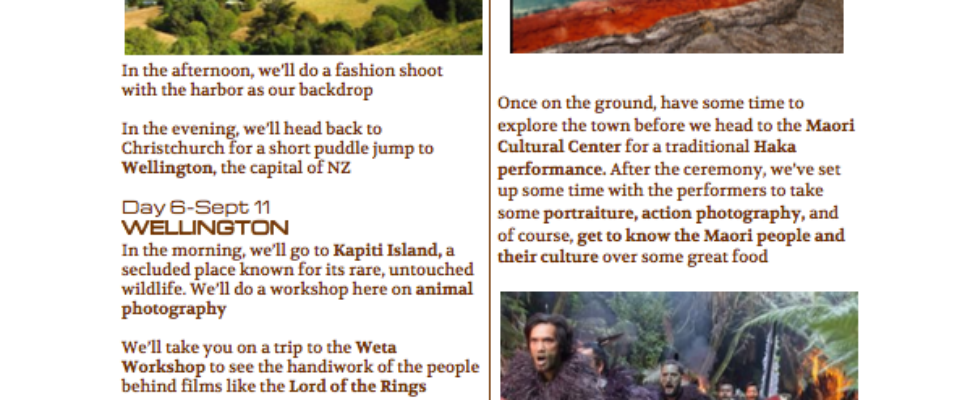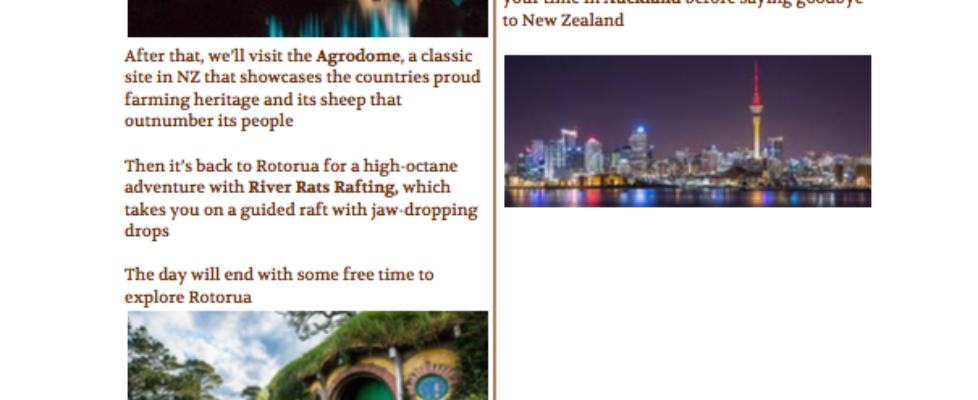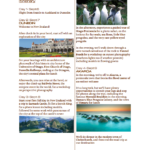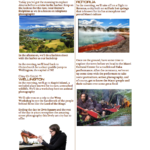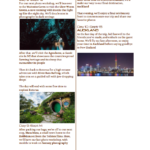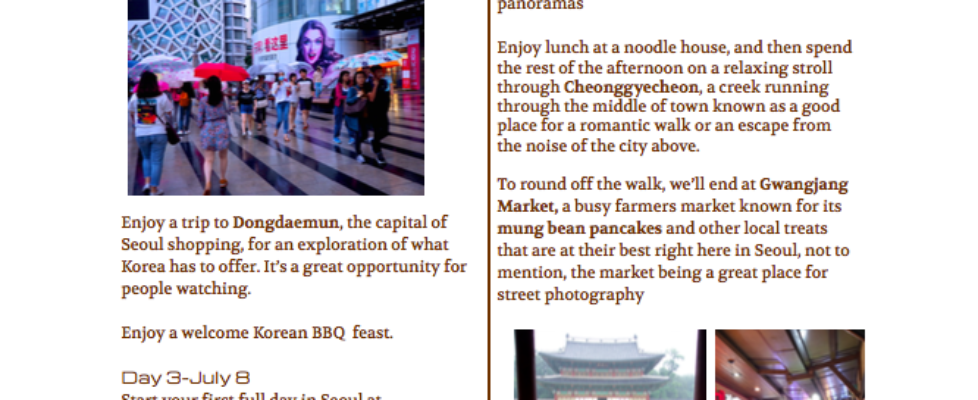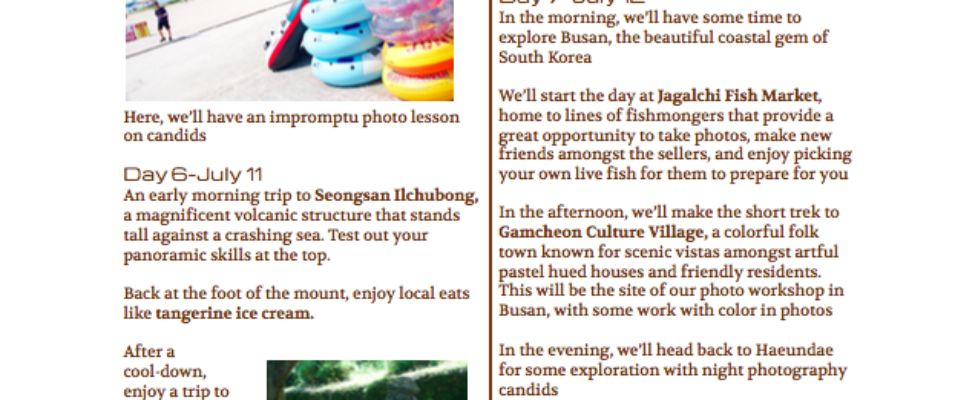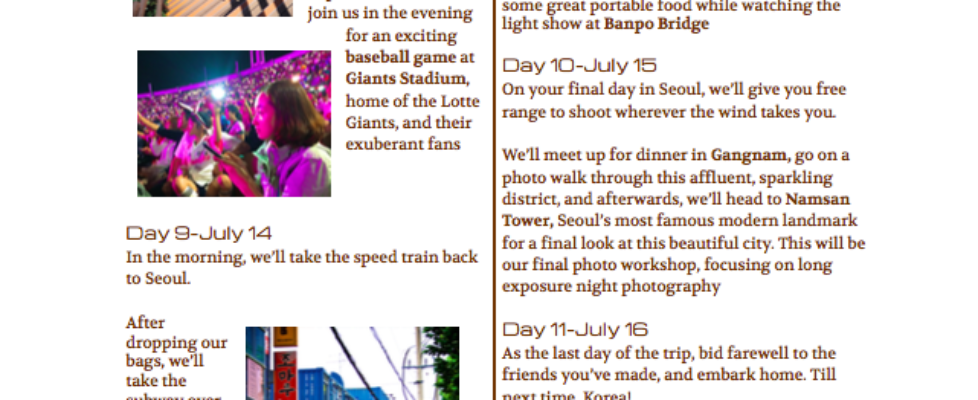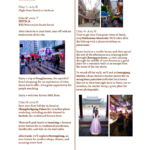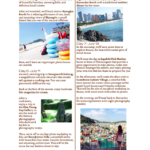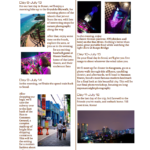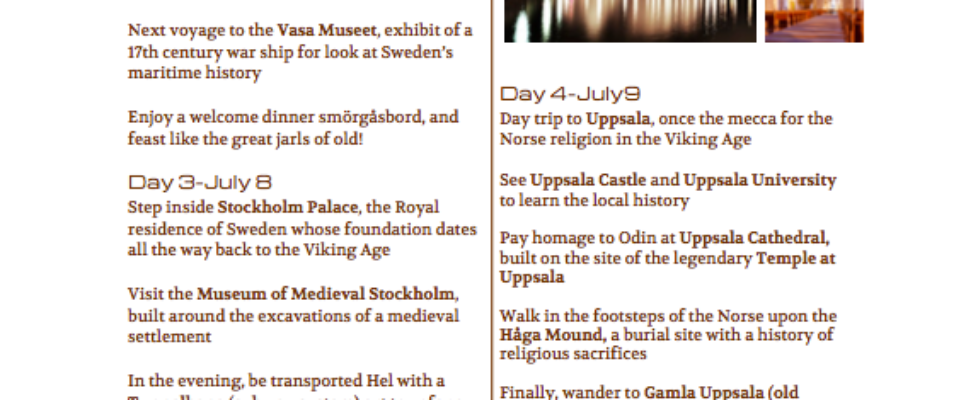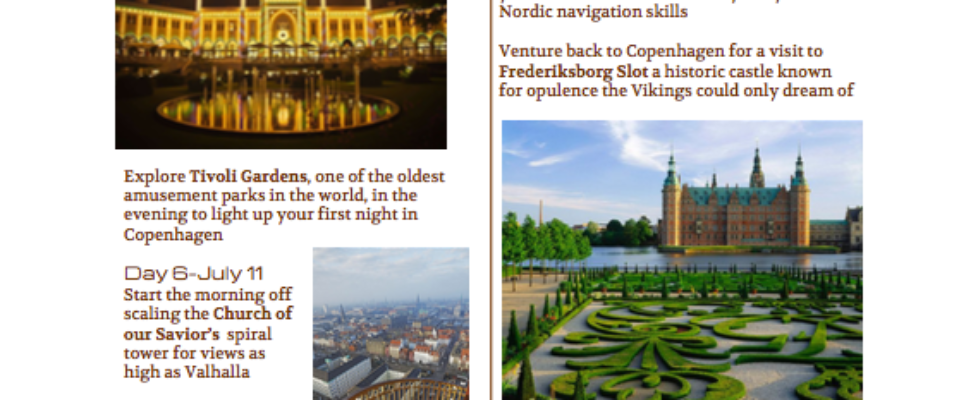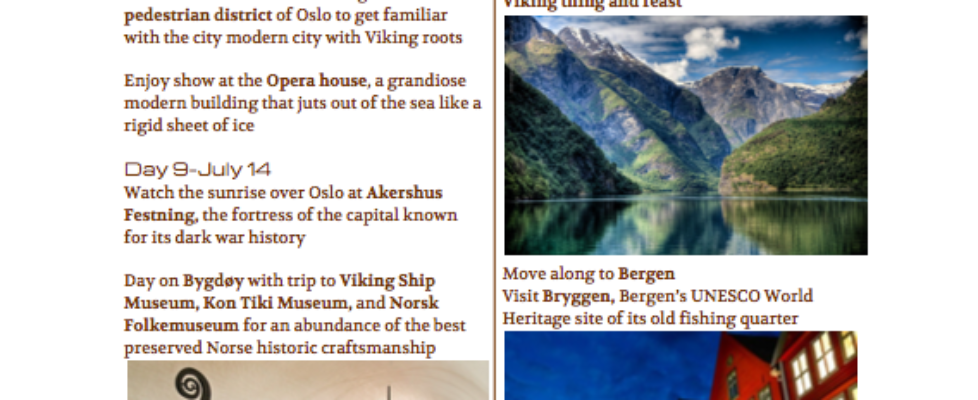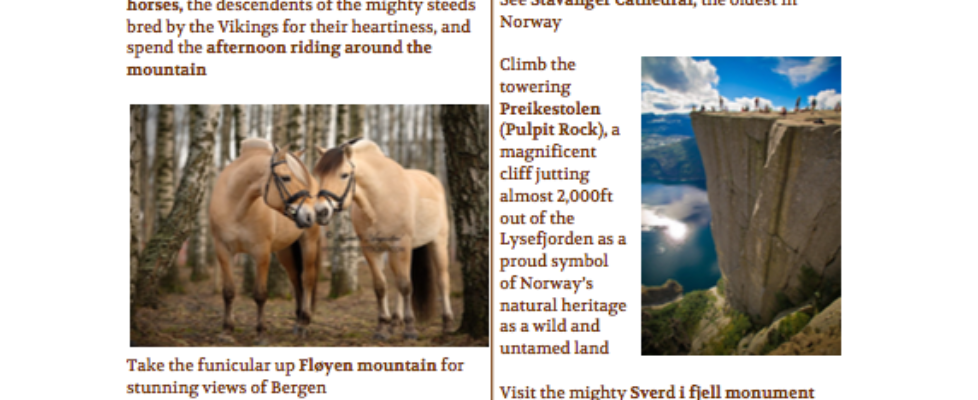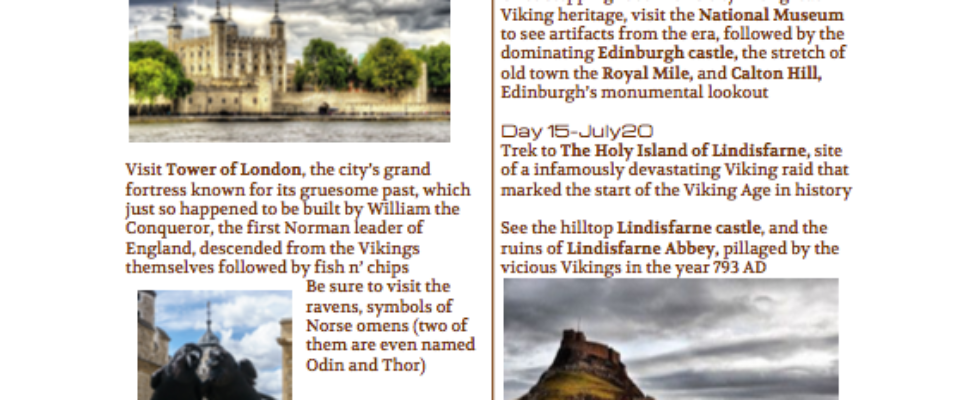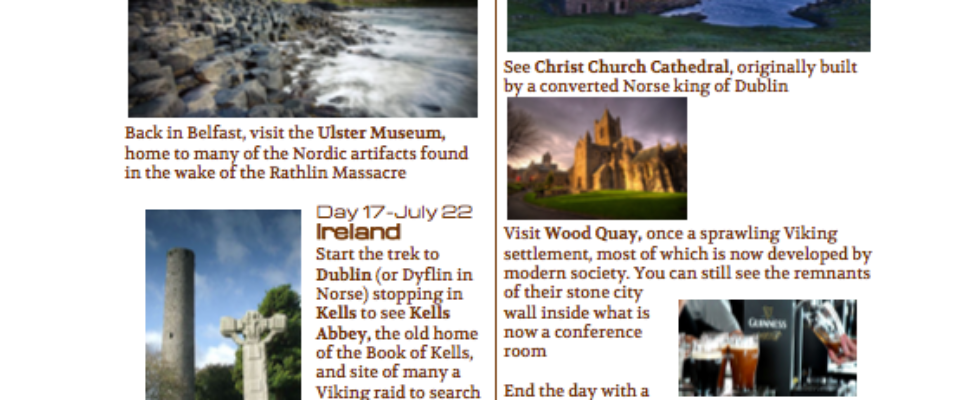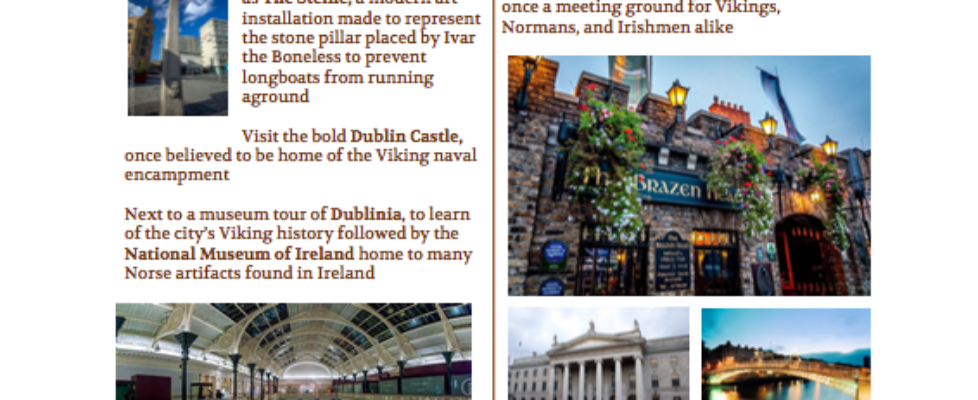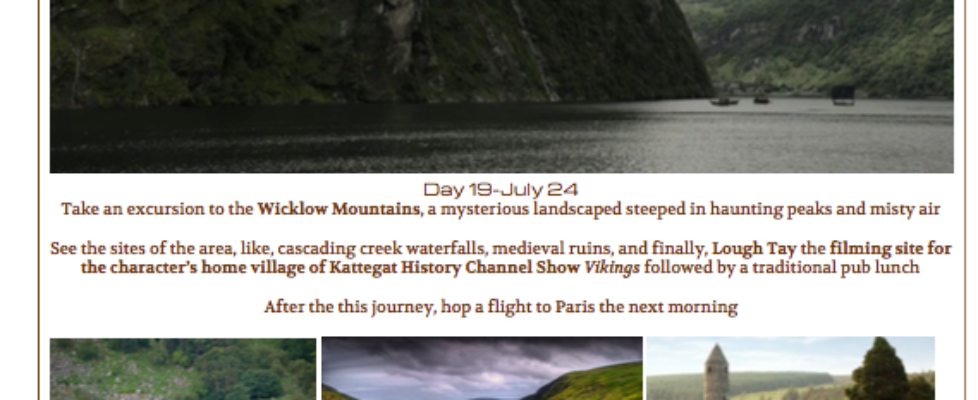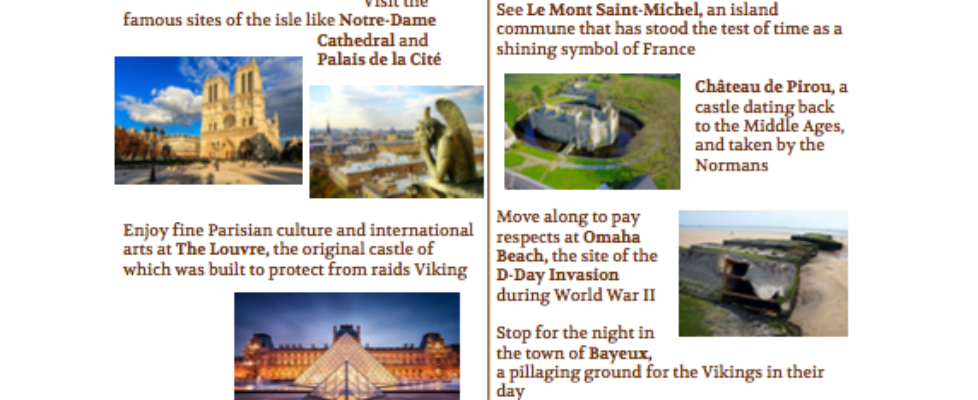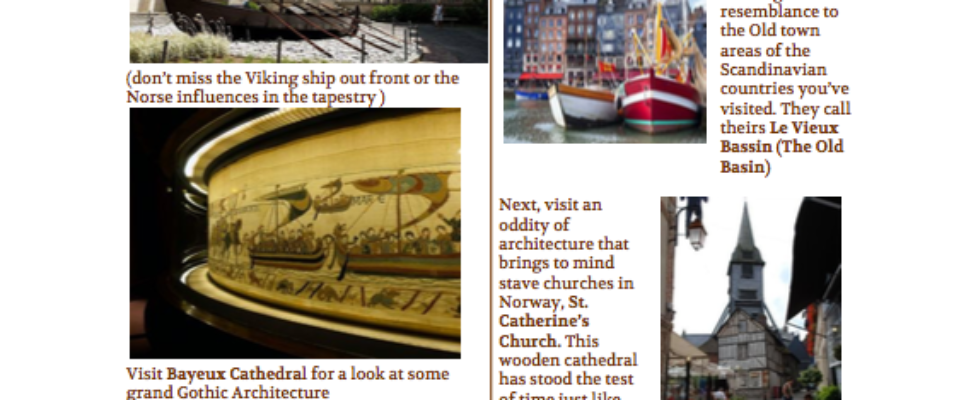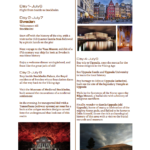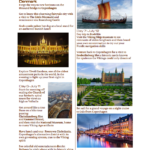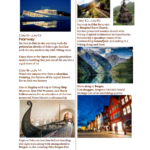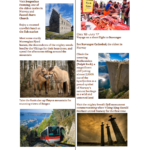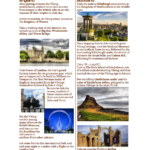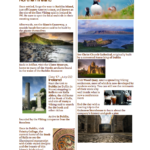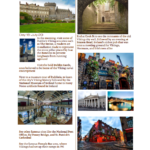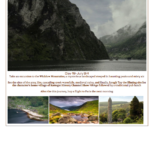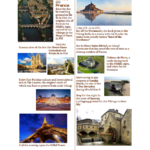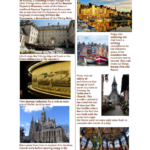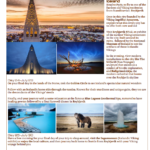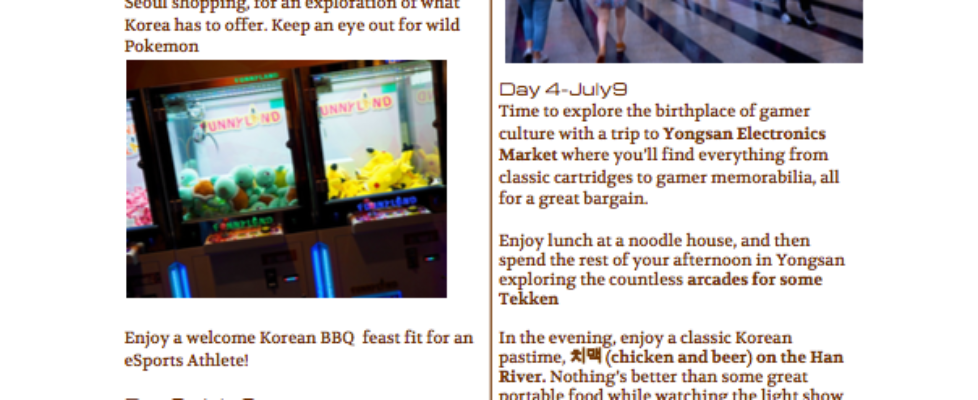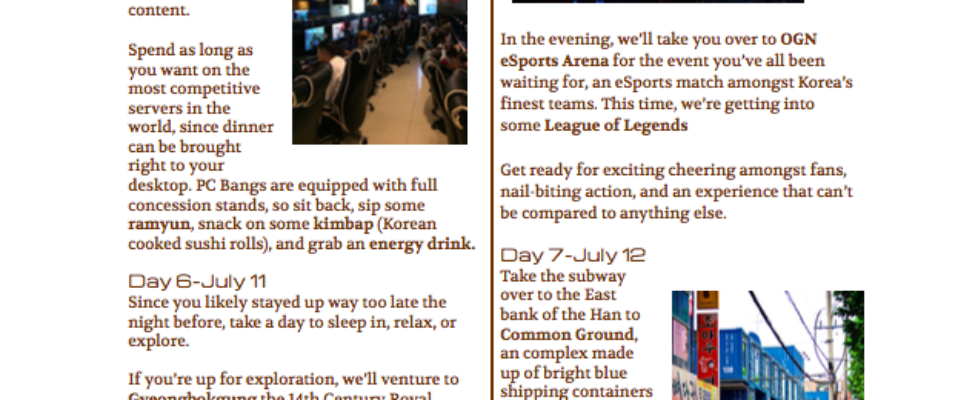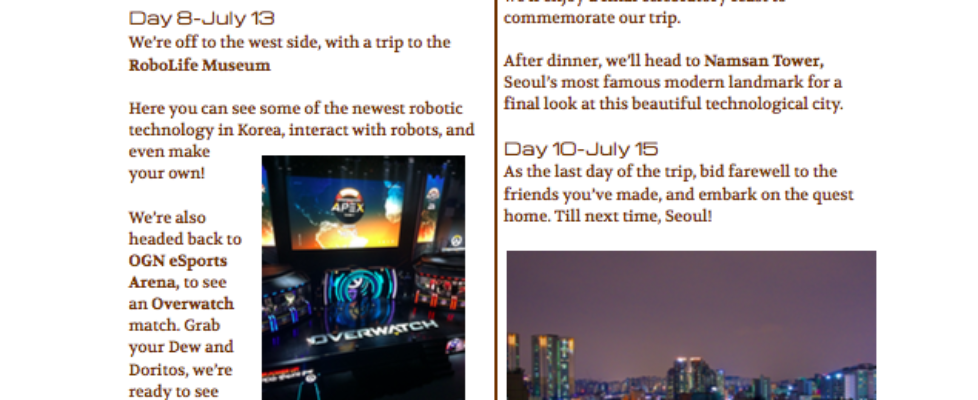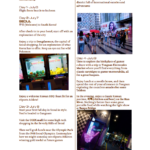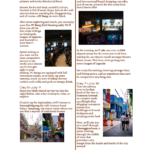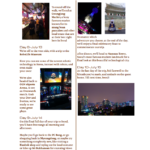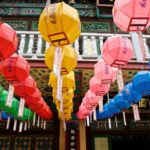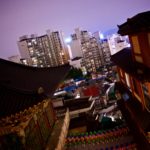Portfolio – List View
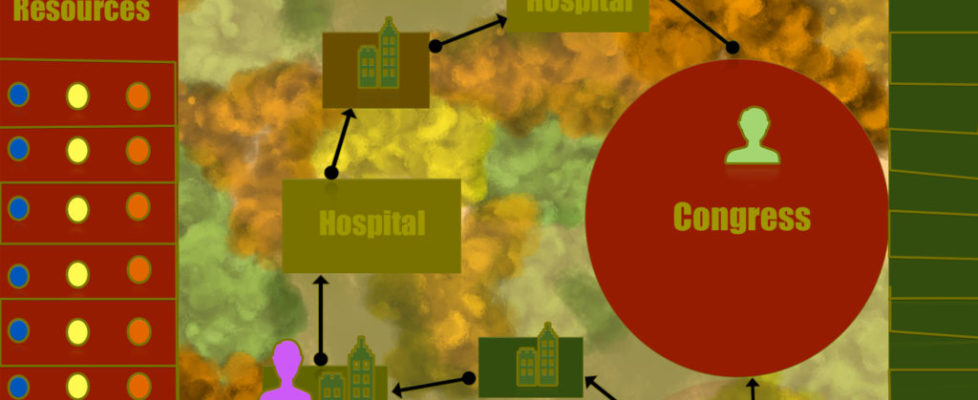
Collaboration and Leadership
Prompt: IAS students develop their collaboration and shared leadership abilities by learning to work with others to identify dimensions of a project, generate and refine ideas, follow through on the consequences of collective decisions, and pursue specific tasks without losing a sense of the whole. As part of this process, they learn to assess and draw on group members’ diverse histories, strengths, and potential contributions. They develop skills in listening, mediating conflict, playing different roles, and reflecting on the outcomes of collaborative work. Students learn different ways of managing groups, communicating effectively and respectfully across differences, and reflecting critically and creatively on collaboration processes.
What it means to me: There’s no “I” in “Team.” As a type-A personality and a perfectionist, group projects are often a struggle for me, though being in the IAS program has allowed me to really get good at working as a team. Whether it was back at home, or across an ocean, teamwork activities became an integral part of my college career. I have learned that being the boss is challenging, and even when in charge, one still must work with others to get things done. Being able to collaborate with other students, including Korean students have opened up my mind to collaboration, especially when it is necessary to make sure multiple demographics are considered. Below are some of the group projects I’ve worked on in my time at UWB that have stood out as good examples of collaboration and shared leadership:
INFO 497- Information, Culture, and Technology in Modern South Korea
Fall 2017
Joint Seminar Exercise- University of Washington and Seoul National University
While studying abroad in South Korea, we were tasked to team up with our fellow students at Seoul National University to design an application that could be used to efficiently and affectively search for housing in Seoul or Seattle with the premise that said app could be catered to both Eastern and Western sensibilities in terms of design, intention, and expectations. The key aspect to the design was the collaboration and shared leadership within our groups which comprised of half UW and half SNU students, allowing us to approach the task from multiple lenses to create the most effective design. Interesting insights we gained from the project included the priorities of Koreans vs Americans in housing (Koreans were most concerned with proximity to dining, whereas Americans were most concerned with safety), as well as sensibilities and humor (to name our app, I threw out the ridiculous name “HouSwipe” which the Korean students enjoyed much more than the US students).
Below are the minutes from this exercise:
BIS 313 B- Games for Social Change
Fall 2017
Social Issue Game Design-
For this final project, we were tasked with creating a concept game that pertained to a social issue. Working as a team, our group had to figure out how we wanted to approach our demographics of players aged 60-70, and what we wished to touch on. Focusing on the issue of veteran healthcare, we created a board game that put players through the motions of VA officials who have to juggle funds with helping vets. This project encouraged us to build off of each other’s ideas as a way to simulate real game designers’ work. It created an opportunity for us to experience a game developer’s job, and to realize how much collaboration is important when working in development.
Below are the designs and descriptions for the game we created, cheekily called Saving Private Ryan
Saving Private Ryan Presentation
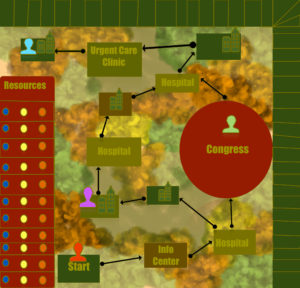
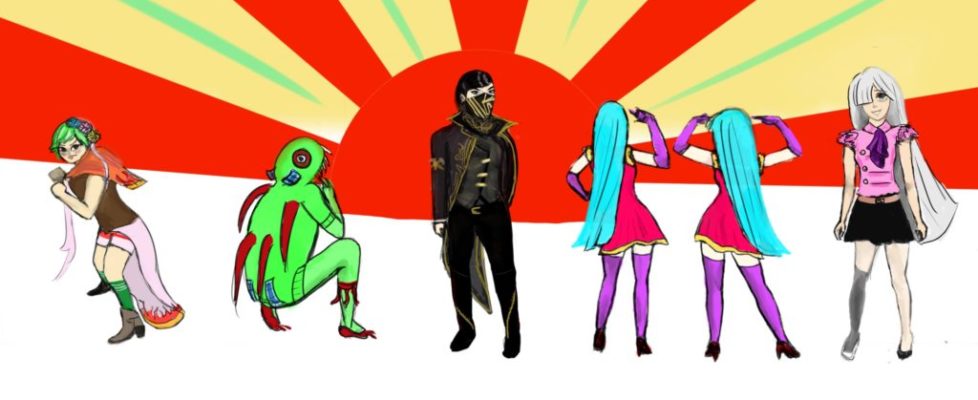
Critical and Creative Thinking
Prompt: IAS students develop their critical and creative thinking abilities by learning how to identify assumptions, and to work out how those assumptions inform results. They assess multiple perspectives, with an eye to understanding why and how they differ, and developing the capacity to engage in controversy productively. Students learn to identify central questions or concerns informing other work, and to develop their own work with an awareness of their own social positions and clear animating questions. Students develop a range of skills in interpretation, analysis, argumentation, application, synthesis, evaluation, and reflection.
What it means to me: Critical and creative thinking is a core part of my process as a creator. To assess things from multiple lenses, taking into account of multiple points of view can be challenging, but my time in IAS has helped this greatly. I have always been a creative, and to now create in a way that requires planning and follow through has opened up a whole knew world to me, especially when it comes to planning tours. Eager to critically analyze my favorite aspects of pop culture, one of these artifacts touches on how video games can be more than just for fun, but can also bring about social change. The other artifact is a view piece that was a homage to another women artist’s work with cosplayers. Both pieces touch on aspects I love about pop culture, but delves into their themes in complicated, creative ways:
BIS 313 B- Games for Social Change
Fall 2017
Can Games Bring Social Change Paper-
As the main thesis to think about through the entirety of this class, I chose to focus on all the games I had written about that quarter to emphasize how games really could be used for social change. Focusing on games that blatantly dealt with social issues like domestic abuse such as the game Papo & Yo, as well as those that provided some sort of health benefit such as the meditative aspects of ABZU, I showed how games can make about social change in different ways. Finally, I discussed the significance of world building within game lore in order to provide more diverse and intersectional characters and storylines, like displayed in the multiplayer first-person shooter, Overwatch, a game with a diverse cast of characters that flesh out the game’s lore in inclusive ways with characters from many walks of life, colors, creeds, sexualities, and genders. This critical analysis of games showed how I could explain that they hold more purpose than simple entertainment.
Can Games Bring About Social Change?
BISIA 240- Images in Time + Space
Winter 2017
Homage to Women Artists (Cao Fei)-
My final project for this class was an opportunity to showcase women artists with our own derivative works. Tasked with creating a short video art piece, I took inspiration from Chinese artist, Cao Fei, who’s best known for her work with fantasy art pertaining to the modern era, primarily using cosplayers as her models. As both a female artist, and cosplayer, I was instantly drawn to her work, and created my own video showcase of the call to cosplay. Recruiting cosplayers of all skill levels, I found that the one thing that brought them all together was the dedication to their craft, their characters, and the escapism it provides from daily life, and tried to show this my work. I critically examined the lives of the cosplayers I worked with to see what brought them to the community, and found a way to show their work in a positive open-minded light with the creative outlet of film.
Below is the final shot of the film that was drawn by myself after the cosplayers I worked with:
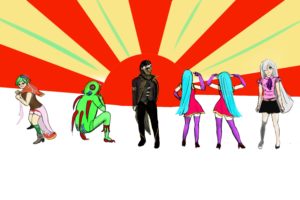
BISMCS 472- Advanced Media Production
Winter 2018
Final Film
My final project for this class was an opportunity to have free range over a creative film that followed all of the film techniques we had used during the the quarter. I took inspiration from my own personal life to make this piece a critical and creative look at psychological abuse in relationships. In my piece, a young woman has to deal with her boyfriend who is abusive, not with his hands, but with his words, lying, ignoring her feelings, disrespecting her friends, and gas lighting her on serious issues. After an upsetting breakup, the woman later has to deal with the aftermath of what this abuse has done to her psyche, even as she has started dating again. The spin I put on this was to make the piece a thriller, with a mysterious figure that is introduced in the beginning, and shown throughout the film as a metaphor for the lasting effect emotional abuse can have on a person after the abuse has stopped. Post traumatic stress, depression, and anxiety can all be results of this kind of relationship. This assignment allowed me to show my videography and editing skills while also allowing me to creatively and critically analyze an often un-spoken of social issue.
You can watch the film here:
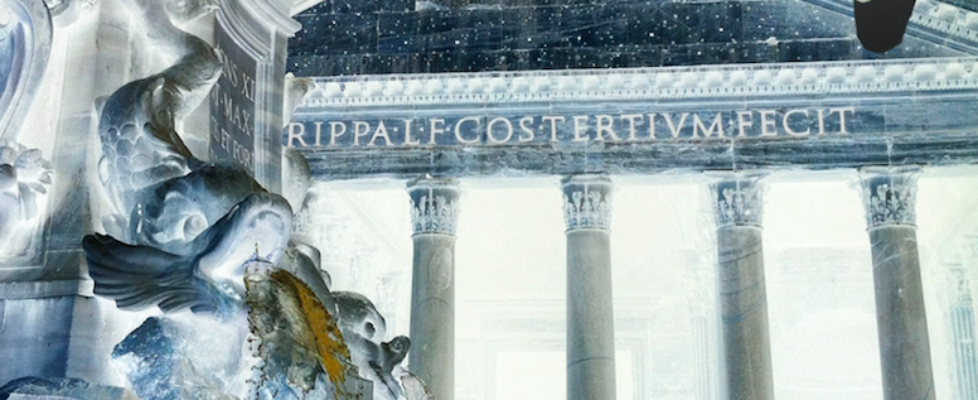
Diversity and Equity
Prompt: IAS students develop their ability to live and work within and across diverse communities composed of multiple intersecting identities. Learning from the lived experiences, creative expressions and intellectual perspectives of historically-marginalized groups, students recognize and name historical and cultural relationships between power, knowledge, and difference. They develop the confidence and skills needed to transform unequal relations of power ethically and self-reflexively in order to foster greater equity.
What it means to me: Diversity and equity is something that is strived for in every class in IAS. From race, to gender, to sexuality, to backgrounds, to abilities, every class I’ve taken in the IAS program has touched somewhat on issues of social justice. A lot of times, these issues are masked behind entertainment and media in a way that is hard to see at first glance, but very clear upon inspection. This program, and the work I’ve done in it reflects the strive for diversity and equity in my own work through interactive media that focuses on women’s issues in a science fiction setting to papers that touch on the importance of Bollywood cinema in and outside of India:
BIS490- Race, Gender, and Sexuality in Science Fiction
Fall 2017
Interactive Media-
In this assignment, students were tasked with stretching the conventions of the Sci Fi genre by focusing on how race, gender, and sexuality can be incorporated in a respectful and accurate way. After writing a short science fiction story that touched on these themes, we created visuals to illustrate them (in my case, editing my own photos with drawn illustrations), and then culminated these works together to create an interactive text-based game that expanded on our previous ideas. The key was to make sure we were creating with an intersectional lens, so in turn, my story revolved around much research of worldwide religious mythologies to create a diverse cast of characters made up of the gods of many different cultures. Treating my piece as a comedy that made a statement, I designed a The Office-themed dramedy that focused on the everyday lives of the gods of yore, actually alien exiles from faraway galaxies, pulling the strings on Earth from the cramped setting of an office building in space. Drawing on both texts from class as well as those outside, my game followed the lives of three women of different ethnic backgrounds who work in the office of Chaos in the heavens, the idea being to show that women and POC can absolutely be primary characters in Sci Fi, and should be.
If you’d like to play the game, click here.
BIS339A-Issues in Global Cultural Studies: Bollywood Cinema
Winter 2017
Final Essay-
This final paper focused on Bollywood cinema’s influence on Indian culture, and its positive aspects such as barrier-breaking, progressive themes, and general nationalism amongst Indian people both in the country and outside of it. This entire class was about diversity and equity within Bollywood cinema, speaking about gender roles, religious and racial issues, and traditional vs progressive ideas, though my final essay touched primarily on the way Bollywood film often provides a way to challenge the notions of gender norms in fun and interesting ways that are engaging and positive for audiences. Speaking of the films Dabangg and Diwale Dulhania Le Jayenge, a cult classic and a national treasure, respectively, I take on the idea that these films provide a sort of release from everyday struggles with fanciful musical numbers and daring adventures while still challenging tough subjects like the issues of arranged marriage and hyper-masculinity in satirical ways that are easier to stomach.
The Importance of Bollywood Cinema
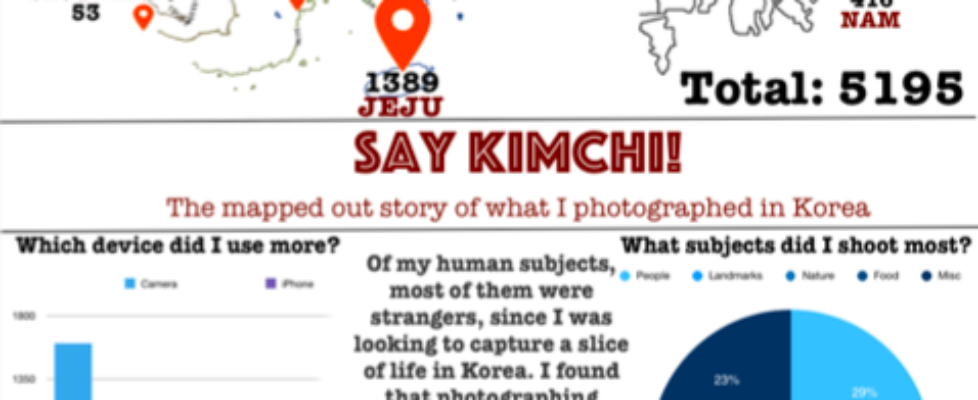
Interdisciplinary Research and Inquiry
Prompt: IAS students develop their ability to assess and conduct interdisciplinary research by engaging with and across multiple areas of knowledge and kinds of inquiry. They learn to think critically and creatively as they develop research questions, pursue them with appropriate sources and methods, and present results in a form suited to their purpose and intended audience. In this process, they learn to position their own work in relation to other research literatures and methods of inquiry, and in relation to relevant debates and diverse social contexts.
What this means to me: Through my time in IAS, where there was creativity, there was also involved and intense research on such topics of popular culture. Part of this research delves into looking at things through multiple lenses and synthesizing said research in different ways, ergo “interdisciplinary.” The following two assignments showcase my research on the pop culture of Japan and Korea, but in very different ways. One is a paper that delves into the strong symbolism in anime, whereas the other is an infographic that synthesizes the photos I took in Korea and what they show about the culture there. Both required an interdisciplinary lens to analyze and describe in the end:
BIS 341 A- Topics in the Study of Culture: Japanese Popular Culture
Fall 2017
My Gaijin and Me: How Foreigners in Japanese Anime like “Little Witch Academia” are used to Perpetuate Japanese Nationalism (Final Research Paper)
This class focused on studying pop culture in Japan, and how it reflects the sentiments of the country at certain points in time, our final assignment being to research a topic about Japanese pop culture, analyze, and expand on it. I myself was not well-versed in Japanese pop culture, so it was outside my general realm of knowledge, requiring me to explore it more. I came across an anime called Little Witch Academia, about a group of students at a school for witches that must welcome a Japanese non-witch into their lives. I noticed how the show clearly reinforced existing stereotypes the West and the Japanese may have about foreigners, while showing the Japanese protagonist as a hero despite her shortcomings, which seemed to say a lot about how Japanese nationalism seeps its way into the culture. To research, I watched the show, read authoritative material online, and studied academic journals on gaijin (foreign) culture to inquire full multiple disciplines.
INFO 497- Information, Culture, and Technology in Modern South Korea
Fall 2017
Digital Storytelling
One of the culminating projects from my study abroad in Korea was heavily based on interdisciplinary research in the most creative of ways. As we went about our days in Korea, one thing we were reminded to do is always take data, whether than be through photos, observations, conversations, or experiences. We then had to synthesize this information into a coherent infographic, showcasing a focus on our trip. While some students focused on certain interests, such as their shopping habits, dining, or popular culture they enjoyed, I as a media student took every purposeful photo I took throughout the trip and then categorized them by location, device used, subject, and of the subjects that were people, my relationship to them. I found from this research that the majority of my photos were taken in Seoul (which makes sense since I was there for 3/4 of the trip), using primarily my DSLR, with a wide variety of subjects (people being the most prominent only slightly), and of the people photographed, over half were complete strangers.

Writing and Communication
Prompt: IAS students develop their writing and communication abilities by advancing an awareness of the interconnected relationships between purpose, audience, author and context. They learn to communicate their purposes effectively to diverse audiences through writing, presentations, and other media, and to use a range of evidence, both qualitative and quantitative, to develop ideas and support claims in ways that best serve their needs. As part of this process, they develop the ability to indicate clearly and self-reflexively the ways their specific acts of communication relate to the work of others.
What this means to me: Writing and communication has been the basis of my time at UWB, with each class requiring some sort of writing from different approaches. I have done creative, analytical, and research papers in my year in IAS, much of which directly relates to where I’m going for a career in travel. Being able to write about my travels, my experiences, and my love of pop culture has allowed me to learn how to best articulate these ideas on paper, and to as well learn more myself about these topics.
The following work best pertains in my work with writing and communication of ideas at UWB:
INFO 497- Information, Culture, and Technology in Modern South Korea
Fall 2017
Online Gaming in Korea (Final Reflection Paper)-
For the final paper for my study abroad, we were given multiple prompts we could touch on that related to the integration of culture and technology in South Korea. I chose to write about online gaming culture, and why this pastime became a national phenomenon amongst Korean youth with PC cafes on every block, entire theatre-style arenas dedicated to eSports, and a community of young people using gaming as a way to bring each other together. As someone already familiar with this culture from experiencing it first hand, I wanted to communicate to others what exactly it all entails. I described the excitement that rivals that of Kpop fans or NFL diehards, the intensity of mental training that compares to an Olympic athlete, and the feeling of togetherness Korean youth get from being able to spend time together doing something they love to give the reader a glimpse into this unique subculture that is blossoming before us.
Kennedy INFO 497 Reflection Korea copy
INFO 497-Information, Culture, and Technology in Modern South Korea
Fall 2017
Life Logging-
The majority of work done in the study abroad in Korea was blogging daily observations. As a photographer, clearly a big part of communicating what I was seeing each day was by showing it through photos, but I also provided detailed analysis of my observations. At first, we were encouraged to simply log information on what we did, but as time progressed, we were to focus more on our interpretations of Korea, its people, culture, and how we fit in there. My Tumblr blog I had writings about many different cultural topics, such as eSports, fashion, street food, selfie culture, and relationships to communicate Korean culture in interesting and accessible ways.
You can access the same blog on my site by clicking here
-
 Waves crash against Oryukdo Island in Busan
Waves crash against Oryukdo Island in Busan -
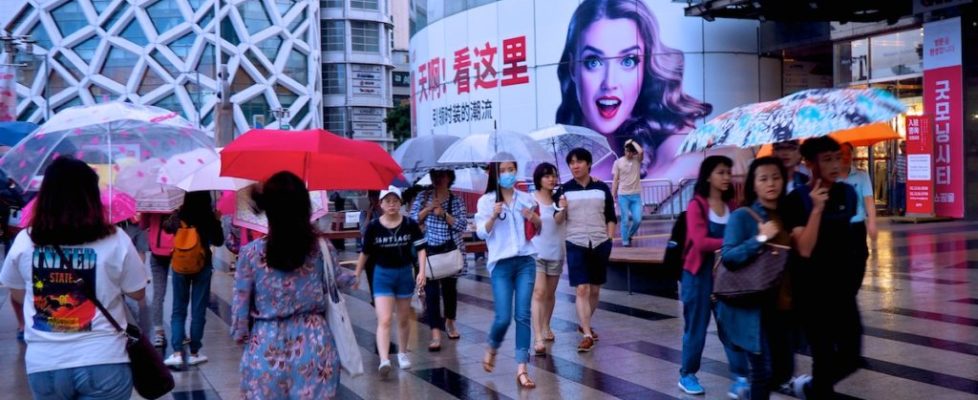 Umbrella-clad pedestrians don't let a little (or a lot) of rain get the best of their shopping experience in Dongdaemun Design Plaza in Seoul
Umbrella-clad pedestrians don't let a little (or a lot) of rain get the best of their shopping experience in Dongdaemun Design Plaza in Seoul -
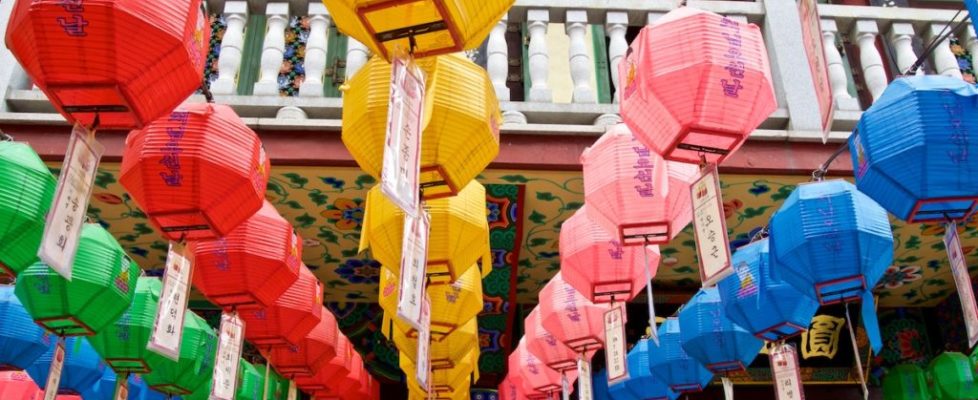 Celebratory lanterns line the courtyard of Myogaksa Temple in Seoul
Celebratory lanterns line the courtyard of Myogaksa Temple in Seoul -
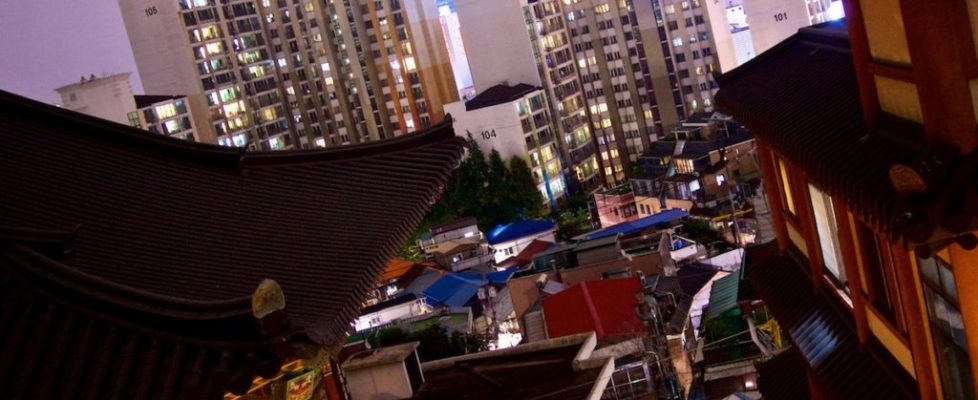 City lights of Seoul by night from Myogaksa Temple
City lights of Seoul by night from Myogaksa Temple
